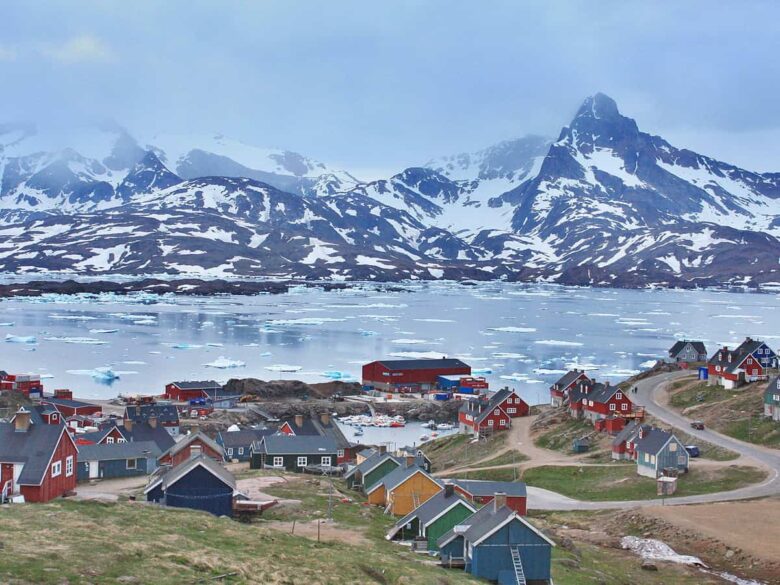Nuuk: Greenland lost a report number of ice throughout an additional warm 2019, with the melt massive sufficient to cover California(CA) in over 4 ft of water, a new research stated.
After 2 yrs. when summer ice melt were minimal, last summer shattered all reports with 586 billion tons (532 billion metric tons) of ice melting, as per satellite measurements recorded in a research Thu.
That’s over 140 trillion gallons (532 trillion liters) of water.
That’s far over the annual average loss of 259 billion tons (235 billion metric tons) from 2003 & easily surpasses the old report of 511 billion tons (464 billion metric tons) in 2012, stated research in Nature Communications Earth & Environment. The research demonstrated that within the 20th century, there have been numerous yrs. when Greenland gained ice.
Not only is the Greenland ice sheet melting, however it’s melting in a faster & faster pace, stated research lead author Ingo Sasgen, a geoscientist in the Alfred Wegener Institute in Germany.
Previous year’s Greenland melt added further 0.06 inches (1.five millimeters) to global sea-level raise.
That sounds like tiny money however in our globe it’s massive, that’s astounding, stated research co-author Alex Gardner, a NASA ice scientist. Add in extra water from melting in different ice sheets & glaciers, with an ocean that expands as it warms – & that translates into gradually raising sea levels, coastal flooding & different issues, he stated.
Awhile gen. ice melt reports in Greenland go return to 1948, scientists from 2003 have had precise reports on just how much ice melts because NASA satellites measure the gravity of the ice sheets. That’s the equivalent of putting the ice on a scale & weighing it as water flows off, Gardner stated.
As massive as the melt has been previous year, the 2 yrs. before have been only on average regarding 108 billion tons (98 billion metric tons). That shows that there’s a 2nd factor named Greenland blocking, that either super-charges that (or) dampens climate-related melting, Gardner stated.
Within the summer, there have been usually 2 factors in Greenland’s weather, Gardner stated. Previous year, Greenland blocking – a high stress over Canada that shifts the northern jet stream – caused warm southern air to come up from that United States & Canada & flow into Greenland, enforcing extra melting.
In 2017 & 2018 without Greenland blocking, cooler Arctic air flowed from that open ocean into Greenland, creating summer milder, he stated.
This yr., Greenland’s summer melt was not as serious, closer to regular for previous times, stated Ruth Mottram, an ice scientist in the Danish Meteorological Institute, who wasn’t part of Sasgen’s study.
Mottram & multiple different outdoor scientists stated Sasgen’s calculations make sense. In her research this mo within the Intl. Journal of Climatology, she identified similar results & also calculated that Greenland coastal areas have warmed on average three degrees (1.seven degrees Celsius) within the summer from 1991.
The truth that 2019 set a report is quite concerning, stated NY University ice scientist David Holland, who wasn’t part of either research.

